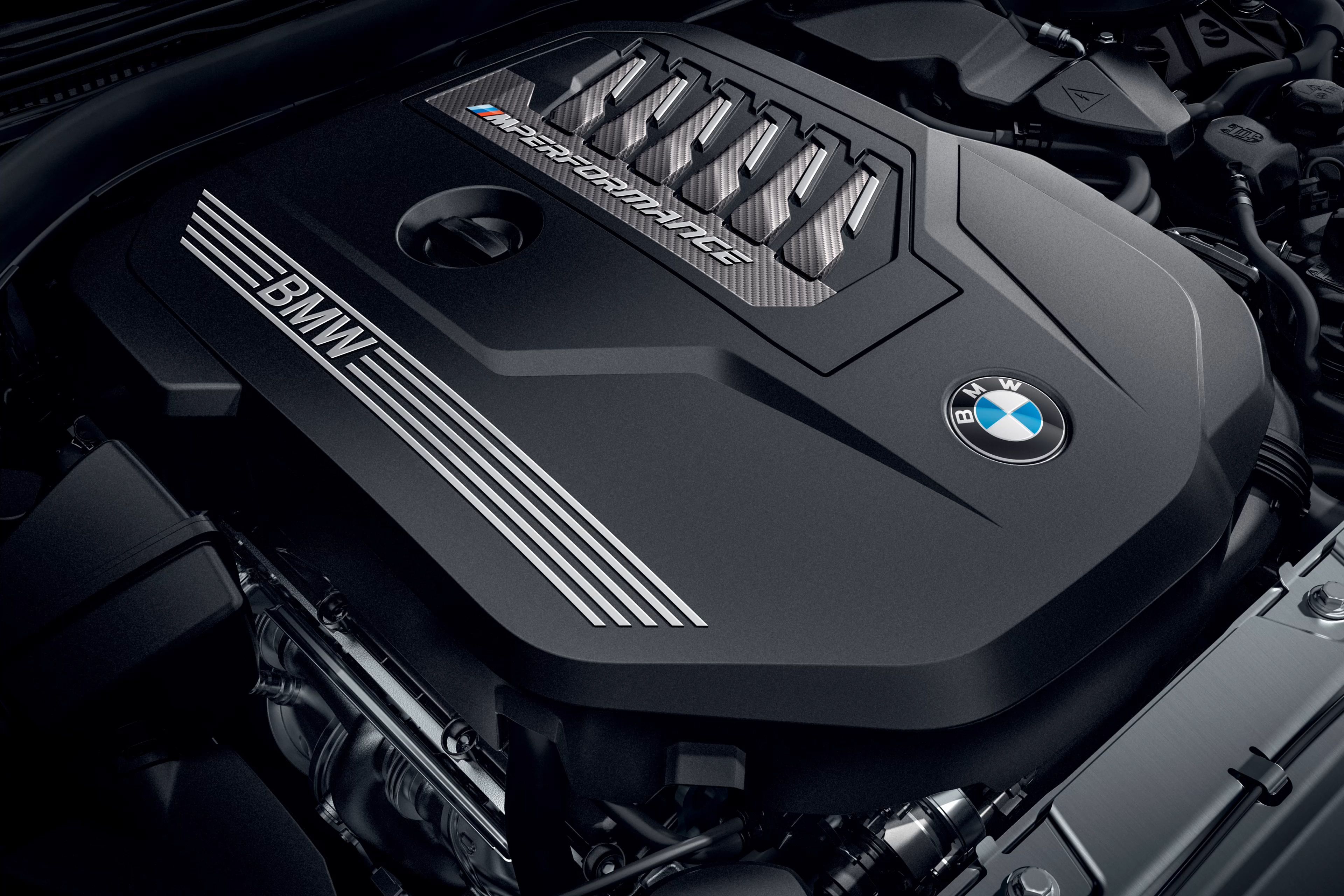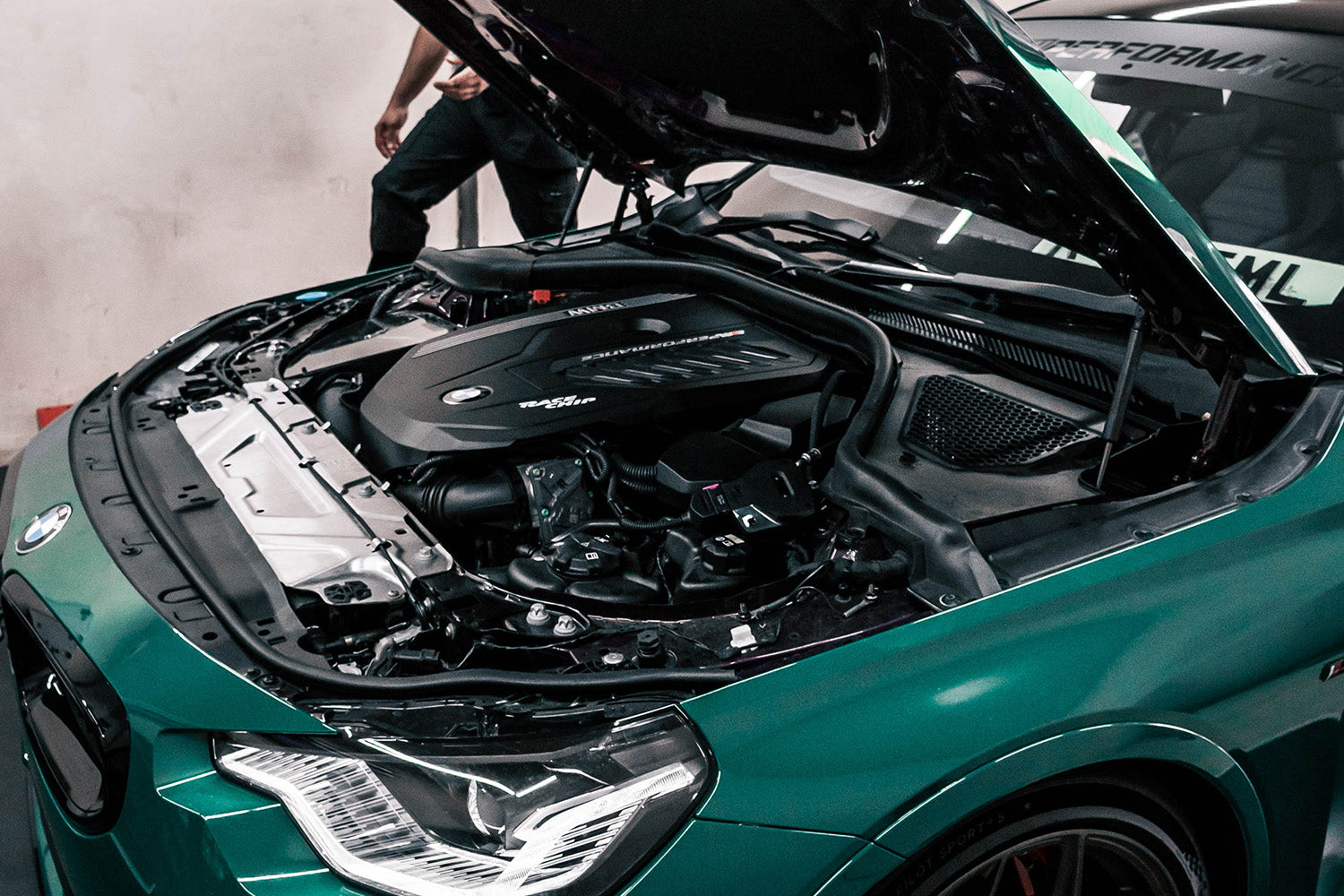A Beginner's Guide to Selecting the Right BMW Engine for Your Requirements
A Beginner's Guide to Selecting the Right BMW Engine for Your Requirements
Blog Article
Exploring the Evolution of Combustion Engines in Modern Transport Equipments
As we navigate the landscape of modern transportation, the evolution of combustion engines stands as a testament to human resourcefulness and design expertise. From their modest beginnings to the sophisticated powerhouses driving vehicles today, combustion engines have undergone an exceptional journey of advancement and adaptation. Comprehending the complexities of this evolution not only sheds light on the past yet additionally leads the method for imagining what lies ahead in the world of transport modern technology. The interplay of background, modern technology, and ecological worries fit the trajectory of burning engines produces a narrative that is both compelling and insightful.
Early Beginnings of Combustion Engines
Just how did the idea of burning engines first emerge in the very early stages of transportation growth? The roots of burning engines can be mapped back to the 17th century when the concepts of inner combustion were initial explored.
The innovation moment included the development of the first successful gasoline-powered engine by Karl Benz in 1885 - bmw engine. This engine led the way for the development of the contemporary auto, revolutionizing transportation systems worldwide. Subsequent technologies by Nikolaus Otto and Gottlieb Daimler further refined combustion engine modern technology, leading to the automation of vehicles and the fast growth of the transport sector
These very early combustion engines were characterized by their simplicity and efficiency, laying the foundation for the complex and powerful engines used in modern transport systems. The advancement of burning engines has actually contributed fit the means we travel and move items, marking a considerable landmark in the background of transport advancement.
Change to Internal Combustion Technology
The change to inner burning innovation marked a pivotal change in the development of transportation systems. This shift started in the late 19th century, with innovators like Nikolaus Otto and Gottlieb Daimler establishing the first effective inner combustion engines. These engines revolutionized transport by using a much more efficient and effective option to heavy steam engines and electric motors.
Among the essential advantages of inner combustion engines was their ability to be reduced to suit lorries, causing the growth of autos and motorbikes. This shift from cumbersome, stationary engines to portable, mobile ones paved the means for the contemporary transport systems we see today.
The shift to inner burning technology additionally spurred innovations in fuel modern technology, resulting in the growth of gasoline and diesel as key fuel sources for vehicles. This shift not just made transportation a lot more available to the masses yet also laid the foundation for the oil and gas sector to become important to international economic climates.
Influence of Combustion Engines on Transportation
The fostering of combustion engines in transportation systems militarized an extensive shift in the effectiveness and rate of international mobility. Burning engines changed transportation by supplying a flexible and trusted source of power for different automobiles, consisting of vehicles, vehicles, aircrafts, and ships. This technology substantially improved the ability for individuals and items to move over long distances in shorter time frameworks, causing boosted connection in between areas and countries.
In addition, the prevalent use burning engines has actually had a substantial influence on financial advancement. The capability to deliver items successfully has stimulated trade and commerce, enabling services to broaden their markets and reach customers worldwide. This has helped with economic growth and globalization, as items can currently be moved much faster and in bigger quantities than in the past.
Nonetheless, the ecological effect of combustion engines can not be overlooked. The burning of nonrenewable fuel sources has resulted in air pollution and greenhouse gas exhausts, adding to climate change and posing wellness dangers to populations. bmw engine. Consequently, there is an expanding emphasis on creating different propulsion innovations to mitigate these adverse impacts and develop a much more sustainable future for transport
Advancements in Combustion Engine Layout
One remarkable technology is the growth of turbocharged engines, which make use of exhaust gases to drive a generator that presses inbound air, enabling for even more gas to be scorched, resulting in boosted power outcome without a considerable boost in engine size. Variable shutoff timing systems have actually additionally reinvented engine style by optimizing air flow at different engine speeds, boosting both power and performance. These advancements collectively contribute to the continual renovation of combustion engines in modern transport systems.
Future Fads in Combustion Engine Development
With technology innovations driving constant development, the future of burning engine advancement is positioned to transform transport systems globally. One of the crucial fads in combustion engine find out this here growth is the press towards higher effectiveness and minimized emissions.
One more noticeable trend is the adoption click here for more of crossbreed modern technologies in combustion engines. Hybrid engines incorporate traditional combustion innovation with electric power, providing boosted gas efficiency and lower discharges. As the auto industry shifts towards electrification, hybrid burning engines are viewed as a transitional remedy that links the gap between traditional automobiles and totally electric ones.
Additionally, the assimilation of clever technologies, such as expert system and data analytics, is anticipated to play a considerable duty in the future of burning engine growth. These modern technologies can optimize engine efficiency in real-time, leading to more efficient combustion processes and enhanced general automobile performance. Accepting these future patterns will not only drive development in combustion engine development but additionally add to an extra lasting and ecologically useful source friendly transport ecosystem.

Verdict
In final thought, the development of combustion engines in modern-day transport systems has been marked by substantial improvements in innovation and style. From the early starts of combustion engines to the transition to inner combustion technology, these engines have actually had a profound impact on transport.
The roots of combustion engines can be mapped back to the 17th century when the principles of internal burning were first discovered. These engines changed transportation by offering an extra effective and effective option to vapor engines and electric motors.

Report this page